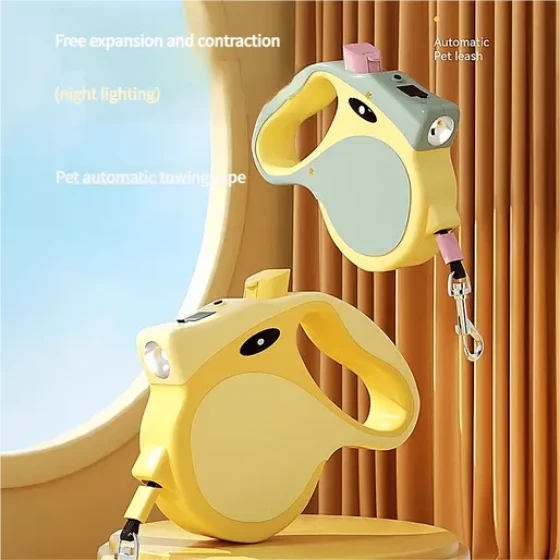What Are the Differences Between Electric Clippers for Dogs and Humans

Human electric clippers may not be able to cut the coat properly
Grooming and dressing up dogs is a hobby for many pet owners, so many tasks are done personally, such as bathing, combing, cutting, and clipping dog hair. Using electric clippers is inevitable when trimming a dog’s hair. However, some owners may notice that the electric clippers for dogs look quite similar to those used by humans, so for convenience, they directly use human electric clippers on their dogs. But since there are certain differences between them, it is still recommended to use electric clippers specially designed for dogs.
It is quite convenient to buy such items nowadays; the easiest way is to shop online. If you are not confident about online shopping, you can also visit pet stores to purchase. There can be a large price difference between electric clippers of varying quality. Some clippers have fixed blades, while better ones allow blade replacement. We can replace blades according to our needs to achieve the desired result.
Problems with human electric clippers:
1. Human hair is much coarser, harder, and more brittle compared to dog hair, which is obvious under a magnifying glass. Human hair grows one strand per follicle, but most dogs have 3-7 hairs growing from one follicle. A basic fact is that fine, soft hair or fibers are much harder to cut than coarser ones. For example, trying to cut cotton fibers with ordinary scissors will cause the cotton strands to get stuck between the blades without breaking, but using precise, high-quality scissors will easily cut through them. Compared to human hair, a dog’s coat is much denser and softer, making trimming more difficult. Therefore, electric clippers for dogs require a certain sharpness level.

Blades can be replaced according to requirements
2. Another main difference between pet electric clippers and human hair clippers lies in the blades and motor. Generally, pet clipper blades are sharper and the motor more powerful than those for humans. Blade sharpness depends on the steel material, heat treatment, and grinding precision. The choice of materials, heat treatment, grinding accuracy, and spring strength for pet blades are all much higher than for human blades. Achieving these standards involves higher costs, advanced equipment, and refined processes. Usually, a set of pet blades costs significantly more than a normal human clipper. Also, humans are naturally more cooperative than dogs. Dogs may move around during trimming, so pet clipper blades require additional safety processes to prevent accidental cuts. Furthermore, pet clippers need to handle large volumes of dog hair, so the motor power must be sufficient to drive the blades cutting dense hair; otherwise, thick dog hair can jam the blades and stop their operation.
3. Since different dog breeds and body parts require different trimming needs, some pet clippers recommend replaceable blades to adapt to various requirements.
Also, when clipping dogs, avoid shaving down to the roots of the fur in one go, as this can easily shave the dog’s skin and cause cuts and bleeding. It is necessary to progress gradually to ensure the dog’s safety to the greatest extent.





